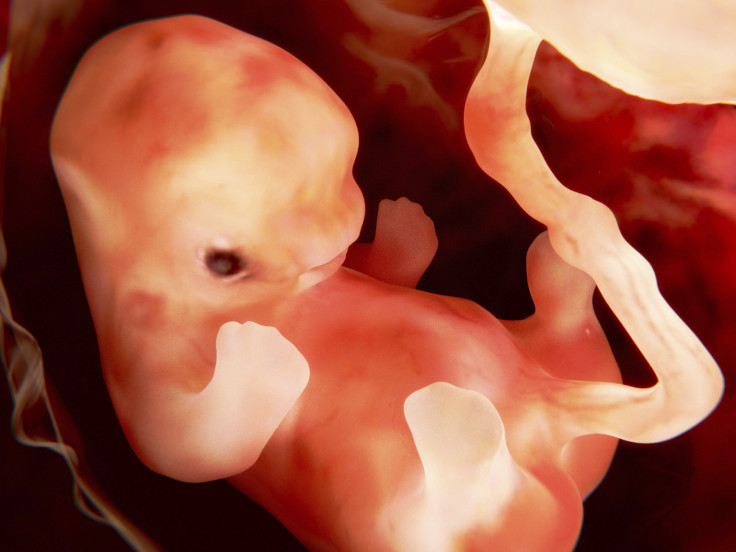Foetal Alcohol Syndrome: Everything you need to know about syndrome caused by drinking in pregnancy

A woman drank alcohol throughout her pregnancy, and caused a foetal alcohol spectrum disorder in her daughter. The daughter, Karli, is now 43 but has the developmental age of a young child.
Kathy Mitchell admitted her story to the Washington Post in January 2016, as she describes how the guilt of drinking whilst pregnant has flooded her ever since. "I adore my very sweet daughter," she said. "She's a forever innocent child. But not a day goes by that I don't ask myself, 'What if? What if alcohol hadn't been a part of my life?'"
What is FAS
Foetal alcohol syndrome is the names given to a condition that can be found in people whose mothers drank through their pregnancy. It can include physical conditions, and even some neurological disorders. However, most of the time, the child is born with both of these.
The Centers for Disease Control and Prevention has estimated that between 2-5% of all school children have at least one of these conditions. However, it is impossible to know exactly how many children have FAS. There is no cure or treatment for FAS. However, spotting the disorder early can limit the stress of everyday life to the patient, and to those around them.
Cause and Prevention
As the name suggests, foetal alcohol syndrome is caused by mothers consuming alcohol whilst they are pregnant.
Just like anything else a mother eats or drinks whilst her baby is still in her womb, whenever she drinks alcohol, the baby also feels its effects. This ultimately slows the development of the child, and can lead to birth defects and disorders. Experts from NHS Choices says the best option is to just avoid alcohol altogether during pregnancy, despite scientists' still not being 100% sure on safe amounts to drink. They state: "FASDs are completely preventable if a woman does not drink alcohol during her pregnancy – so why take the risk?"
Symptoms and effects
There are a huge number of effects from FAS, ranging from physical defects to emotional conditions.
Abnormal facial features are common among children with FAS, usually including a smooth ridge above the lips, and below the nose – known as the philtrum. More physical effects include a small head size, low body weight, a particularly small height and overly energetic behaviour.
The child can also experience problems with their senses. Poor vision and hearing are common, as well as poor co-ordination, and difficulty in conversation. Neurological problems include learning disabilities, poor reasoning in social situations, poor memory and a significantly lower IQ than average.
Diagnosis
Officially diagnosing FAS is difficult, and there is no one-step answer. In fact, it requires three key features of the disorder to be diagnosed; facial features, growth deficits, and central nervous system problems.
When analysing whether a child has FAS or not, doctors begin by looking for distinct facial features on the patient. This includes any one of a smooth ridge on the upper lip – philtrum – a thin upper lip, or an abnormally short distance between the corners of the eyes.
Following that, and assuming that the patient has at least one of those symptoms, the doctors being to search for growth problems. Any significant discrepancy in average height, weight or both (at least in the 10% bracket of the entire population).
Finally, if the patient has any problems with their central nervous system, they will be officially diagnosed with FAS. This includes any structural defect to the nervous system – e.g. a smaller than normal head size, neurological problems, or functional problems with their senses or cognitive behaviour.
© Copyright IBTimes 2025. All rights reserved.






















